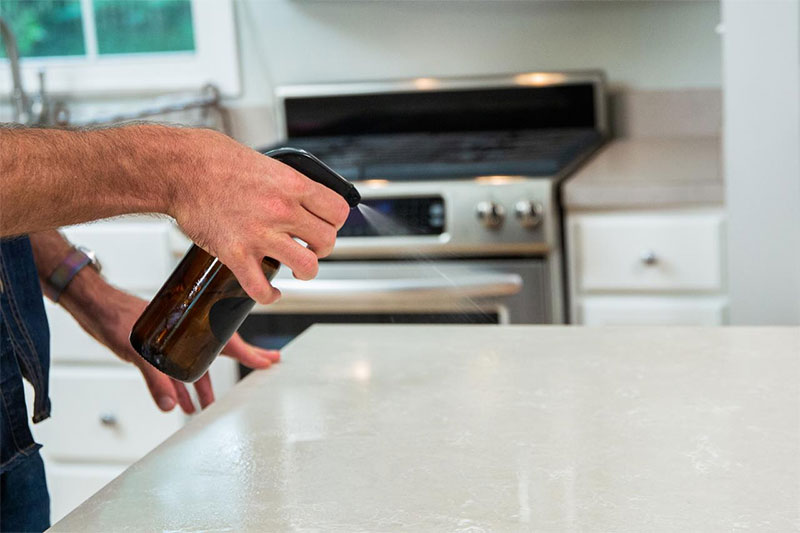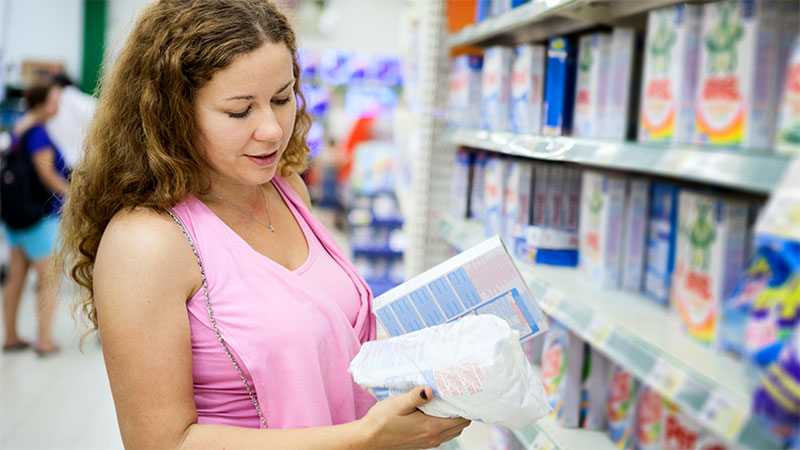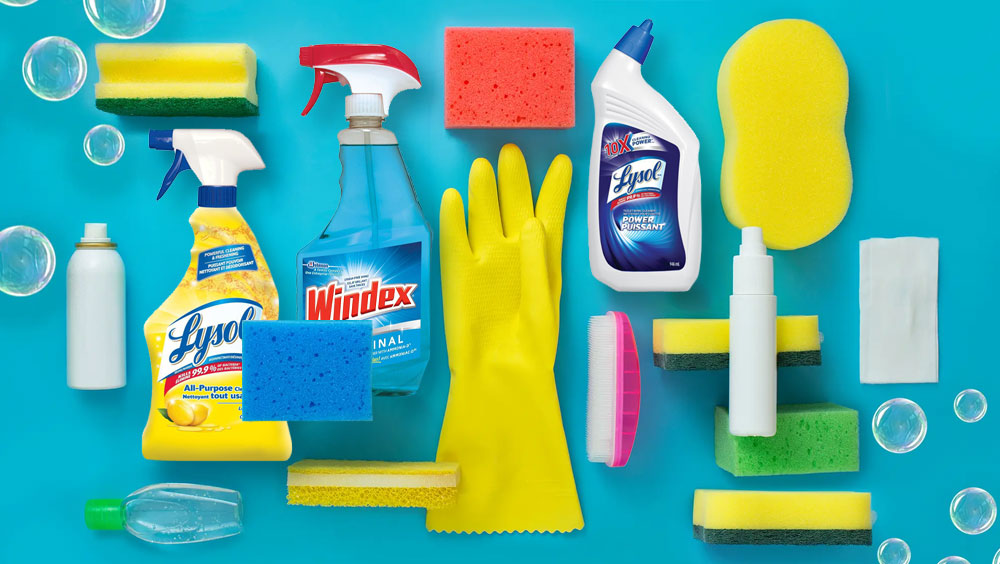The pandemic may have prompted you to level up your cleaning routine, but it turns out a quick spray and wipe won't kill 99.9% of germs and bacteria. Here are three all-important tips for using disinfectants the right way.
Buy the Correct Product

When it's time to wipe down high-touch surfaces do you reach for a cleaner, sanitizer, or disinfectant? Turns out they're not the same. General multi-purpose cleaners are great for removing dirt and dust or putting a shine on windows or glass. These products typically contain soap or detergents, but they're not intended to kill germs— manufacturers don't test them for that purpose. Sanitizers and disinfectants, however, are rigorously tested and regulated by the EPA as "antimicrobial pesticides." To make things a little more confusing, sanitizers are only tested against bacteria. Bona fide disinfectants must clear a higher bar of effectiveness by killing bacteria and viruses. These might include salmonella, staphylococcus, influenza, rhinovirus, norovirus, and COVID-19.
Spray and Let It Sit (Longer Than You Think)

While disinfecting wipes are quick and convenient, keep them in your bag for shopping, work, or travel. Why? Wipes get dirty and dry up quickly, which reduces their effectiveness. If your wipe runs dry, you may even be spreading organisms around. At home, your best bet for disinfecting is a spray or concentrate that can fully wet your surface. Then you let it sit and do its job. How long a disinfectant should stay on a surface to effectively destroy germs can range from 30 seconds up to 10 minutes, depending on the product and which germs it claims to neutralize. Staph and strep, for example, are notoriously harder to kill so your disinfectant will need more contact time.
Read Labels

While using a household cleaning product may seem like a no-brainer, manufacturers actually perform extensive testing to create directions for sufficient contact time and maximum effectiveness. Here are the instructions found on the back of a popular household disinfectant: "Pre-clean surface. Spray surface until thoroughly wet. To disinfect: Leave for 2 minutes before wiping." Pre-clean? Yes. While some disinfectants contain cleaning agents, many do not. And that dirt, grime, and gunk on your countertops, doorknobs, and light switches may actually be shielding household viruses and bacteria from elimination. For disinfectants to work, they need to be in direct contact with surface germs. If you've been using your disinfectant like a cleaner all this time, you may not have been disinfecting much at all.


